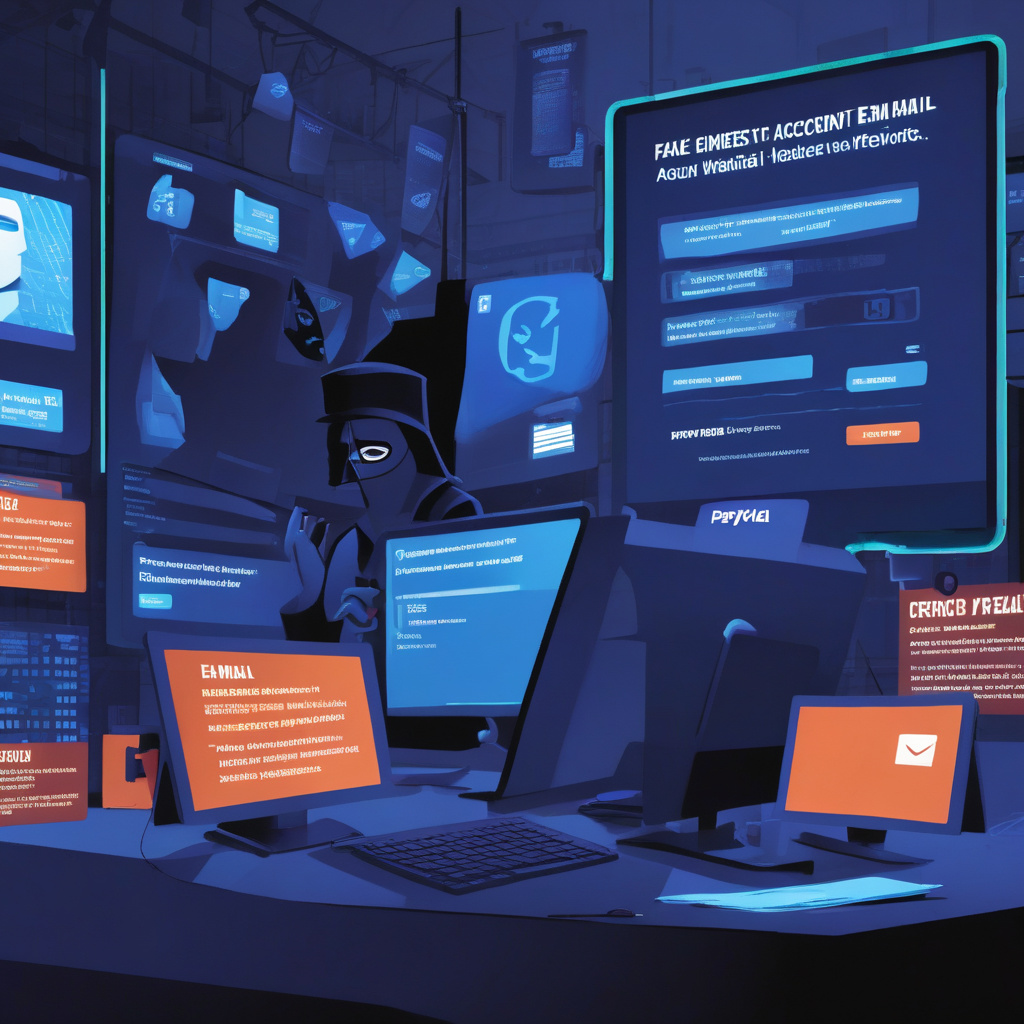Beware of Fake PayPal Emails: How One Wrong Click Can Lead to a Full-Blown Hack
In the digital age, where technology is an integral part of our daily lives, online security has become more crucial than ever. Cybercriminals are constantly finding new ways to exploit unsuspecting individuals, with one of the most common tactics being phishing emails. Recently, a disturbing incident has come to light where hackers used a fake PayPal email to seize bank access, highlighting the importance of staying vigilant and informed in the face of evolving cyber threats.
The modus operandi of this cyber attack was alarmingly simple yet effective. An individual received an email that appeared to be from PayPal, notifying them of a suspicious login attempt on their account. The email urged the recipient to click on a link to verify their identity and secure their account. Without giving it a second thought, the unsuspecting victim clicked on the link, believing it to be a legitimate request from PayPal. However, that one wrong click set off a chain of events that would lead to a full-blown hack involving real-time theft and hidden malware.
Unbeknownst to the recipient, the link they clicked on was not from PayPal but rather a cleverly disguised phishing link created by hackers. By clicking on the link, the victim unknowingly granted the hackers access to their personal information, including their bank account details. This access was then exploited by the cybercriminals to carry out unauthorized transactions, siphoning funds from the victim’s account in real-time.
Moreover, the fake PayPal email also contained hidden malware that was downloaded onto the victim’s device upon clicking the link. This malware allowed the hackers to gain remote access to the victim’s device, enabling them to monitor their online activity, steal sensitive data, and potentially launch further attacks. The victim, in this case, was not only facing financial losses but also the risk of identity theft and compromised digital security.
This incident serves as a stark reminder of the importance of exercising caution when it comes to online communications. As phishing attacks become increasingly sophisticated, it is vital for individuals to be wary of unsolicited emails, especially those that request sensitive information or prompt immediate action. Simple steps such as verifying the sender’s email address, scrutinizing email content for grammatical errors or inconsistencies, and avoiding clicking on suspicious links can go a long way in preventing falling victim to such cyber attacks.
In addition to individual vigilance, organizations and financial institutions also have a responsibility to educate their customers about cybersecurity best practices and implement robust security measures to safeguard against such threats. Multi-factor authentication, encryption protocols, and regular security audits are some of the strategies that can help mitigate the risk of phishing attacks and data breaches.
As the digital landscape continues to evolve, so too do the tactics employed by cybercriminals. By staying informed, remaining vigilant, and adopting a proactive approach to cybersecurity, individuals and organizations can better protect themselves against the ever-present threat of online attacks. Remember, one wrong click is all it takes to fall prey to hackers, so think twice before you act, and always err on the side of caution when it comes to online security.
cybersecurity, phishingattacks, onlinefraud, digitalsecurity, cyberawareness












